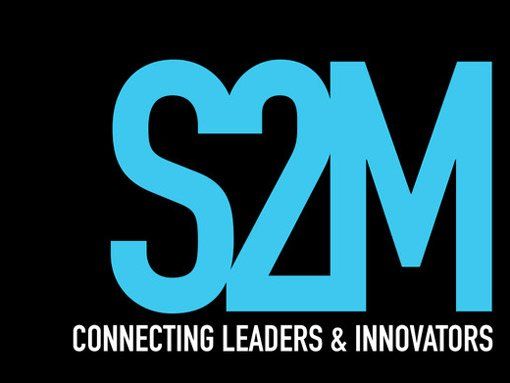Why isn’t my standing desk working? 4 reasons why a standing desk might not be good for you
Standing desks have become all the rage. Like the evolution of mankind, people went from sitting slumped in an office chair to being upright. The benefits of a standing desk are numerous:
Recently however people have gone back to sitting, complaining of discomfort in various parts of their body while working upright all the time. Standing desks still have a considerable amount of health benefit, but there are 4 key reasons why you may not be getting all the health benefits from your standing desk.
1. Your head is slumped forward
Kyphosis, or having a head that is slumped forward can make standing up for long periods unpleasant. This condition is quite prevalent in office workers, or people who are sitting at a desk staring at a screen for a long period of time. Generally, the movement originates from having a chair that is set to tilt backwards, allowing for the head to come forward as a counterbalance. On a long enough timeline this will produce kyphosis. American health and fitness guru Steve Maxwell recounts that ‘kyphosis is the cause of many health problems’, as it makes general movement difficult. To fix this, try doing these exercises
2. Your footwear is restrictive
If health fads are to be believed, barefoot is best when it comes to standing up for long periods of time. While this probably isn’t true, the footwear you wear has a huge bearing on how comfortable it is for you to be able to stand up. Restrictive footwear, or shoes that do not allow for active toe movement can lead to many issues with posture. Legendary boxing coach Freddie Roach once stated “all balance and power comes from the feet, which really means that footwear matters. To solve this, try taking your shoes off during the day to allow your toes to stretch out.
3. Your shoulders are rolled forward
The position of your arms when it comes to using a standing desk matters a lot. If your shoulders are rolled forward, it can restrict movement in the fingers, which is a leading cause of RSI (Repetitive Stress Injury). Being able to position the shoulders over the hips leads to better wrist mobility during basic movements like moving a mouse or typing. To solve this, try rolling your shoulders back while at your desk.
4. Your spine is immobile
This one can be a bit harder to detect, and also solve. Many people have parts of their spine that are immobile. Even athletes tense parts of their back to better help them move, leading to immobile parts of the spine that are set for a specific set of movements. An immobile spine over time will lead to a posture that doesn’t have enough ability to adjust when standing for long periods. If you’ve ever wondered how soldiers can stand for long periods of time, you need to look no further to the amount of drills they do to ensure their spines are mobile enough to adjust over long periods of time standing up. To understand if parts of your spine are not mobile, try some mobility exercises such as yoga, Brazilian Jiu Jitsu or even Feldenkrais therapy (a form of mobility therapy).
The point of a standing desk is promote good posture, but not having good posture can defeat the purpose of having one set up in the first place. By following steps such as this, you may be able to make you standing desk work for you.





